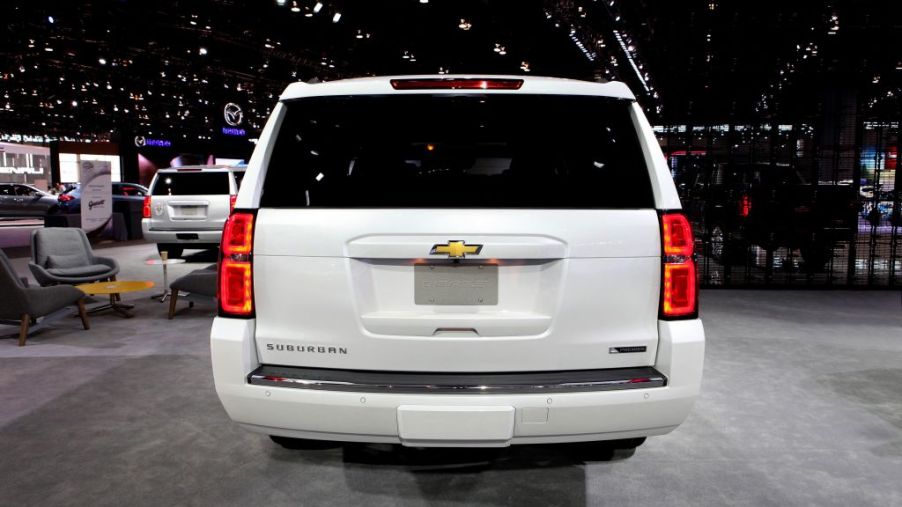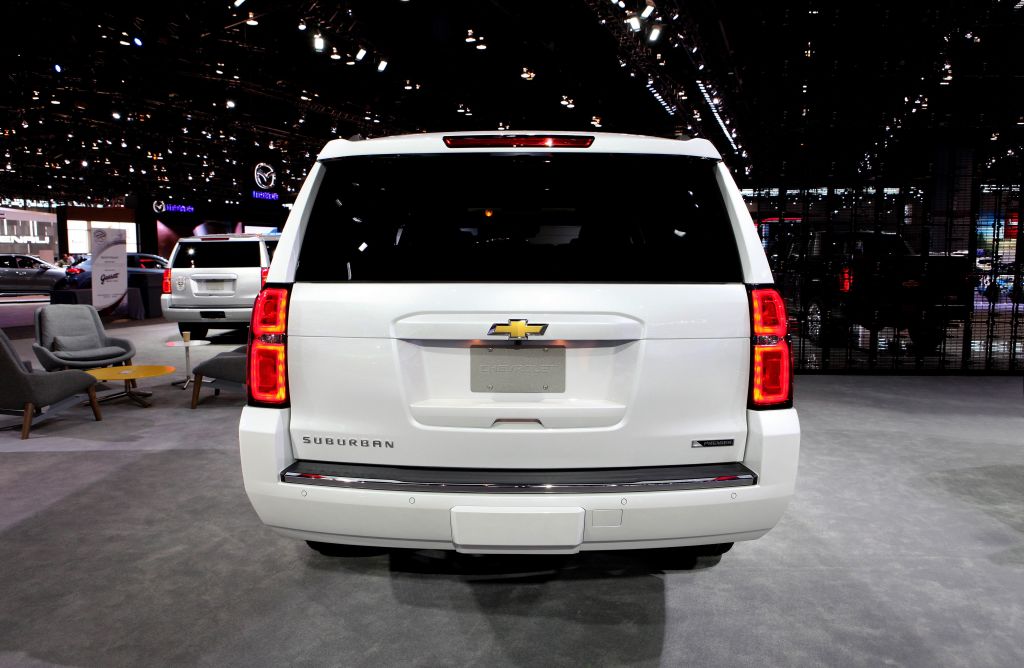
Are There Too Many SUVs on the Market to Choose From These Days?
Buyer demand for Sport Utility Vehicles and crossovers has been climbing in the past few years. Automakers have responded by culling passenger cars from their lineups and adding even more SUV options. The experts at Edmunds.com predict that of the 17.1 million new vehicles that will be sold in 2020, SUVs will account for more than 50 percent of the market share.
Something for everyone and beyond
With sedan nameplates going away and the array of Sport Utility Vehicles continue to grow, buyers have loads of options. They can choose something as small as the Hyundai Venue or as large as the massive Chevrolet Suburban or anything in between.
Buyers can choose between car-based SUVs that have unibody construction and the less commonplace truck-based models that have with a body-on-frame construction. They also can select an electric or hybrid SUV if they want a greener option.
Buyers interested in offroad pursuits may consider 4WD SUVs such as a Jeep Wrangler. Drivers who want a comfortable, upscale vehicle might shop for a BMW X7. If they need to haul a passel of grade-schoolers around town, they could look at a Kia Telluride.
Prices of SUVs also have a wide range from under $20,000 for a Kia Soul to over $400,000 for a Rolls-Royce Cullinan.
There seems to be an SUV to fit just about anyone’s lifestyle. But with over 100 different models to choose from this year, are there too many choices? And what should you keep in mind when you’re trying to decide on one?
Variety is the secret behind GM’s SUV sales success

General Motors has an extensive lineup of full-size SUVs. They include the Chevy Tahoe and Suburban, the GMC Yukon and Yukon XL, and the Cadillac Escalade and Escalade ESV.
Despite experiencing a seven percent loss in sales of full-size SUVs due to a 40-day strike in fall 2019, GM still outsold all of its rivals combined. It also earned a market share of 60 percent in this segment, according to Alex Luft of GM Authority.
Why did GM’s sales of its full-size SUVs surpass those of other popular counterparts? We think that it’s the sheer variety and number of models that GM offers. The automaker took a hit in sales, yet buyers liked having an assortment of full-size models.
Variety is something that the manufacturers of popular SUVs such as the Lincoln Navigator and the Ford Expedition couldn’t offer. And with a sales increase of 2.84 percent of full-size SUVs overall in 2019, it looks as if GM has made a smart move by offering several different varieties and appealing to a broad swath of buyers.
With this many choices, how can you pick just one SUV?
The mind-boggling collection of SUVs on the market presents a challenge to potential buyers. How do you begin to find the right one for you? Here are a few tips from Consumer Reports.
An SUV’s size is an important consideration. If you need a vehicle that it’s easy to park and handle, consider a subcompact, such as the Mini Countryman. A small SUV like the Nissan Rogue will give you a higher driving position and more space than a small sedan.
Midsize SUVs like the Volkswagen Atlas have a good balance of performance, safety, cabin space, and cargo room. And while large SUVs like the Nissan Armada can be cumbersome and have mediocre fuel economy, some have a towing capacity of up to 9,000 pounds. However, CR says that buyers might want to stick with a midsize model for daily driving and a more comfortable ride.
Consumer Reports also outlines additional characteristics that are important for SUV buyers to consider. One is seating. Nearly all SUVs seat five people, and some seat six, seven, or eight. Keep in mind that some of the three-row vehicles have a rear seat that fits children and not full-size adults.
Buyers should also look closely at cargo capacity. With an SUV’s second- and third-row seats folded flat, the vehicle’s maximum cargo space is available. CR recommends a third-row seat that has a split-seat design for convenience. Since an SUV has a higher cargo floor than a minivan, loading heavy objects may be difficult. But some models have air suspension to lower the vehicle and power liftgates for easier loading.
Active safety features such as forward-collision warning, automatic emergency braking, and blind-spot warning should be on any vehicle under consideration, according to CR. Other safety features that buyers might look into are telematics that alerts emergency personnel after airbag deployment, lane departure warning systems, lane-keeping assist, and rear cross-traffic alert.
Consumer Reports advises buyers to determine what kind of drivetrain they’ll need. Most SUVs have front-wheel drive with available all-wheel drive. The harder-to-find truck-based SUVs have rear-wheel drive and have available four-wheel drive. CR warns, though, that only a handful of SUVs have true four-wheel drive and that SUV buyers who want it should opt for full-time four-wheel drive.
Sifting through the many SUVs on the market is hard work. And while it does seem as if there is an overwhelming number of choices in this market segment, doing research and determining what your vehicle needs are will help to narrow down the field.


